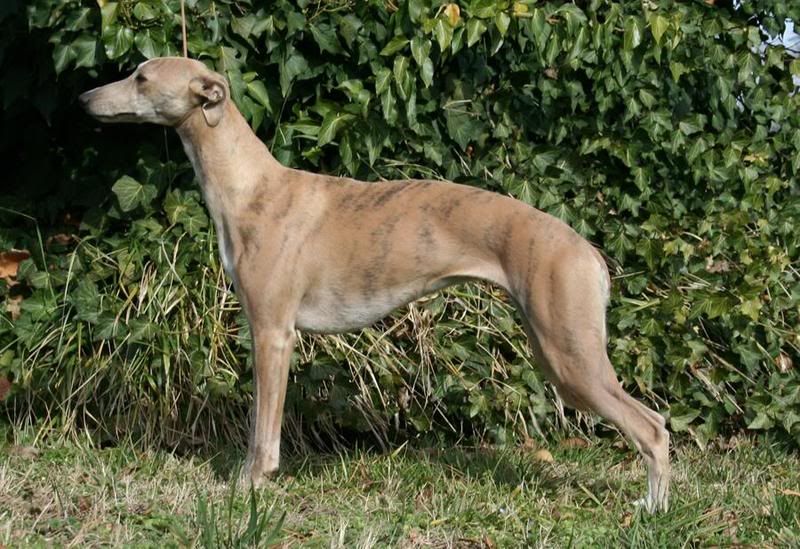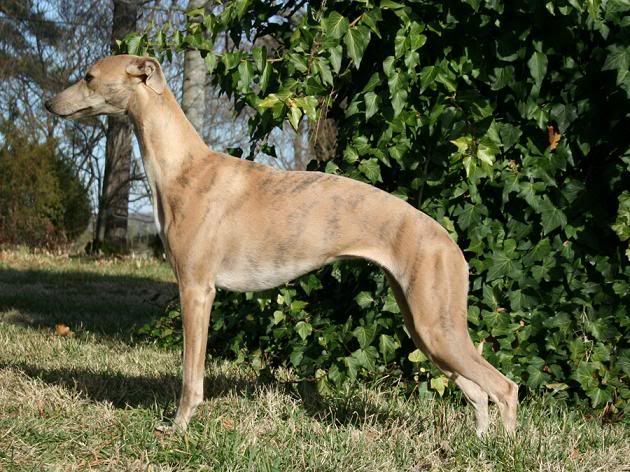- Messages
- 2,564
- Reaction score
- 0
- Points
- 0
so many good points and questions being raised :thumbsup:
do we not test because it is generally assumed that there is no problem?
do we not test because it is generally assumed that there is no problem?





